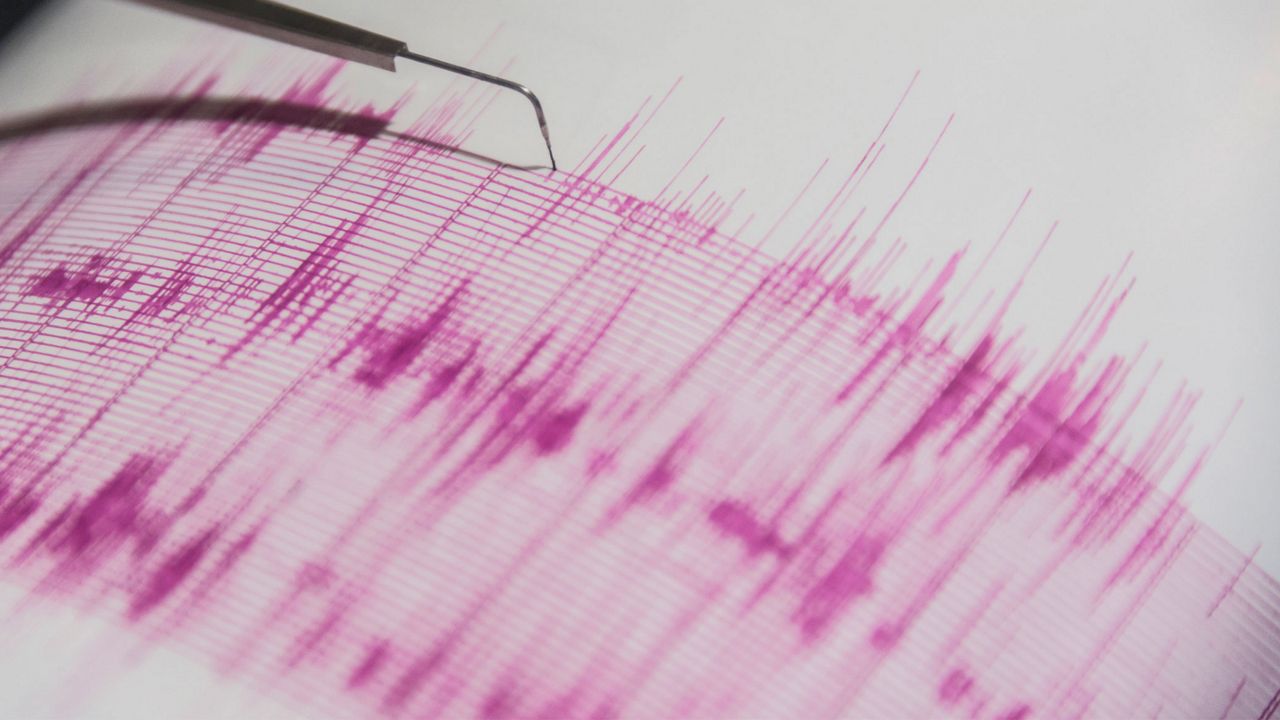When you think of earthquakes, you might think of California or the West Coast.
But on Thursday, a 3.8-magnitude earthquake struck the Florida panhandle and parts of Alabama, leading to reports of shaking across both states.
The United States Geological Survey (USGS) reported that a 3.8-magnitude earthquake took place near Pollard, Alabama on Thursday.
Shaking was only reported in a few instances right around the immediate vicinity of the earthquake’s epicenter. There were no immediate reports of damag

This earthquake took place in one of the least earthquake-prone parts of the country. There are no nearby tectonic plate boundaries, making Florida and Alabama among the least earthquake-prone locations in the United States.
That said, the Bahamas Fracture Seismic Zone goes through the western fringe of Florida and can produce generally smaller earthquakes in southern Alabama and the Florida panhandle, like Thursday’s.
Residual effects from larger earthquakes elsewhere can also lead to tremors in the Sunshine State. South Florida felt the impacts of a magnitude 7.7 earthquake near Jamaica in January.
Also, a 6.0-magnitude quake struck the central Gulf of Mexico in 2006, and that was felt across parts of Florida.
The last time a notable earthquake directly struck the Florida/Alabama border region was in 1997, when a 4.8-magnitude quake shook almost the same area as Thursday’s.
In 1781, that fault produced a 6.0-magnitude quake in southern Alabama, the largest earthquake to strike the affected region.
While earthquakes are rare in Florida and Alabama, they’re not entirely unheard of, as Thursday showed.



